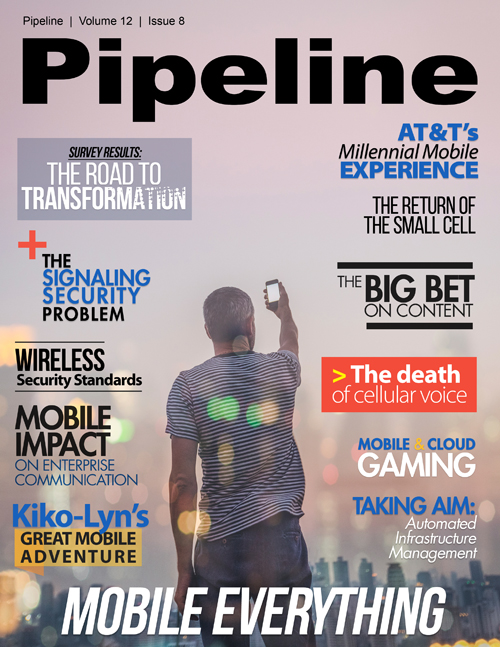Mobile and Cloud Gaming
Expanding on the notion of fit follows form, Pokémon comes with a history of direct player-to-player interaction. Past Pokémon gaming platforms allowed players to trade Pokémon or have live Pokémon battles between co-located users. This natural interaction is more socially engaging than contacting Facebook friends in Candy Crush. Currently it is not known if mobile phone Pokémon GO will interwork with non-phone traditional platforms such as the Nintendo 3DS. However, Nintendo has a history of letting users transfer game progress and characters forward (but not backward) as platforms evolve. This might allow games to drive replacement of phone generations interlinked with Pokémon generations. Always connected mobile phone platforms also open up cloud storage to these players. Pokémon will be stored in the cloud so a player can collect an indefinite number of characters without storage limitations. And this allows rich customization and individuality in these stored characters so the Pokémon become individual virtual pets of their owner player.
Control Issues
Touch screens are difficult for interacting in the environment of games. Small touch screens are not precise enough for dedicated gamers. Obscuring the screen with a finger in real-time play is disastrous. This is limiting what can be done with games and maintains the tech segmented market of console-PC vs. mobile phone. Breaking this barrier should be a goal of mobile device makers. This is happening with cars. At a recent trade show, BMW showed a gesture control system for the car dashboard, eliminating the need to touch anything. Equipment supplier Visteon previewed their practical gesture system in this BMW concept car. Could similar technology be used with mobile phones? Why not.
Evolution of the control interface is already in development as the next big technical improvement to the phone. Gesture systems could overcome touch screen limitations. Eye tracking can improve control without obscuring real-time play on the screen. Motion and orientation sensors could allow the phone to act similar to a Wii motion controller allowing the phone to mimic artifact used in real space by the player. Automatic transactions to cloud storage replace limited phone storage. Working in tandem, Bluetooth listening devices could allow a concurrent audio narrative to occur. Use of conference calling between players interacting in the same virtual game environment might transfer the successful gamer interaction experience of MMORPG.
Pokémon GO will include a Bluetooth bracelet that unlocks phone game interactions. For other games I expect the IoT market will provide Bluetooth devices that interact as controllers or in-world play artifacts via links to the phone. It is completely reasonable to expect the use of the camera in phones to enhance reality in future mobile games. Already the GPS in phones is used in the game Ingress which was released in 2015 for Android and IOS. Ingress is an augmented-reality massively multiplayer online location-based game. Players travel to specific real-world locations and then interact with the real-world locations of other players.
The Co-Evolution of Phone and Gaming
Gaming content will push phone evolution. Microsoft demos of HoloLens involved a Minecraft experience that appeared to be happening in the real world. Google Glasses will interact with mobile phones in new successful generations of the technology. Virtual Reality (VR) attachments to mobile phones will become a standard product owned by dedicated gamers.
Software in phones will also evolve to push the gaming experience into new realms. A forthcoming example of this is Google’s Tango technology. Tango works by combining inputs from a range of phone-based sensors and processes them into usable information, exploiting phone interlinks with fast Cloud platforms. New phone tech sensors include an infrared emitter and infrared camera which picks up the reflected light. A wide-angle camera adds visual features combining device location to the composite mapping of the local environment. The Tango system also includes enhanced accelerometers, gyroscopes and barometers.
Tango enables a mobile device to map indoor spaces. A Tango enabled phone can determine its location and orientation in relation to a virtually mapped environment of floors, walls, ceilings and furniture. Tango is a platform that can turn a smartphone into a controller with Kinect-like environment mapping and a Wii-like gesture mapping. This turns a mobile phone into an artifact mimic able to interact with other artifacts in indoor spaces. Nexus, Lenovo, Qualcomm, Intel, Nvidia and LG are all signed on to include Tango in their devices. Google offers APIs for game developers. You can be sure this is in concept exploration phase at major game publishers.



















